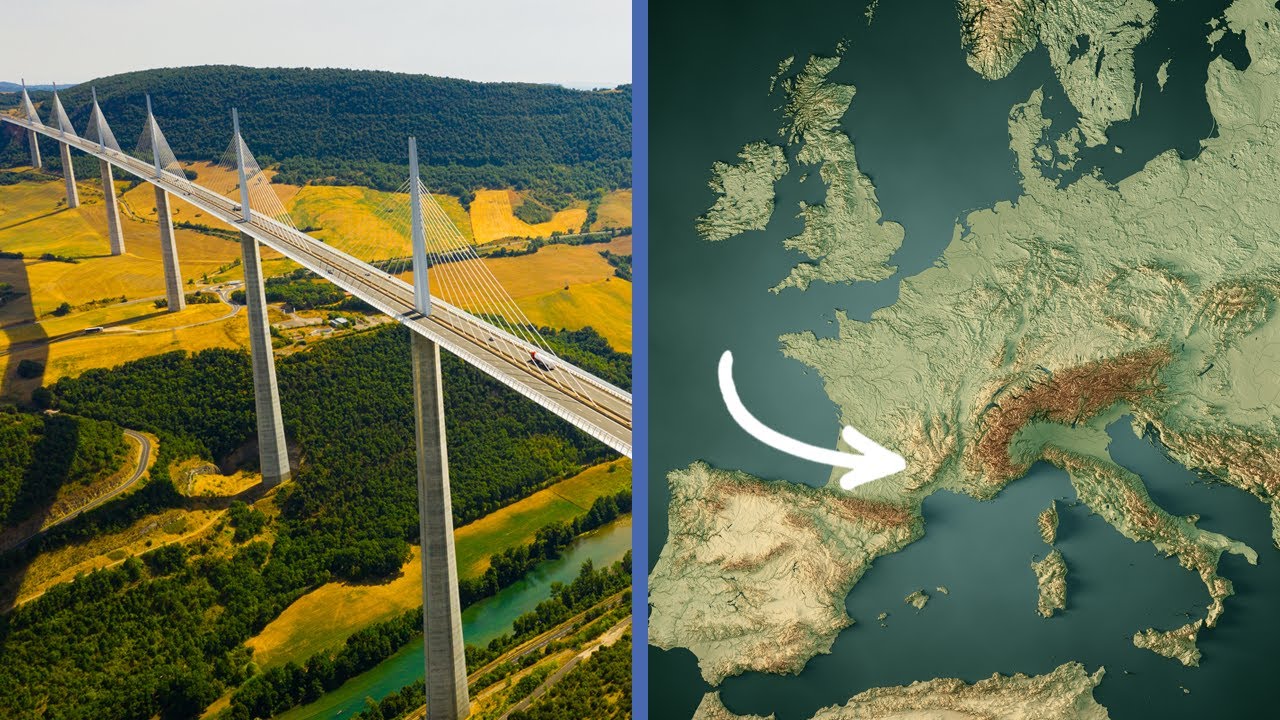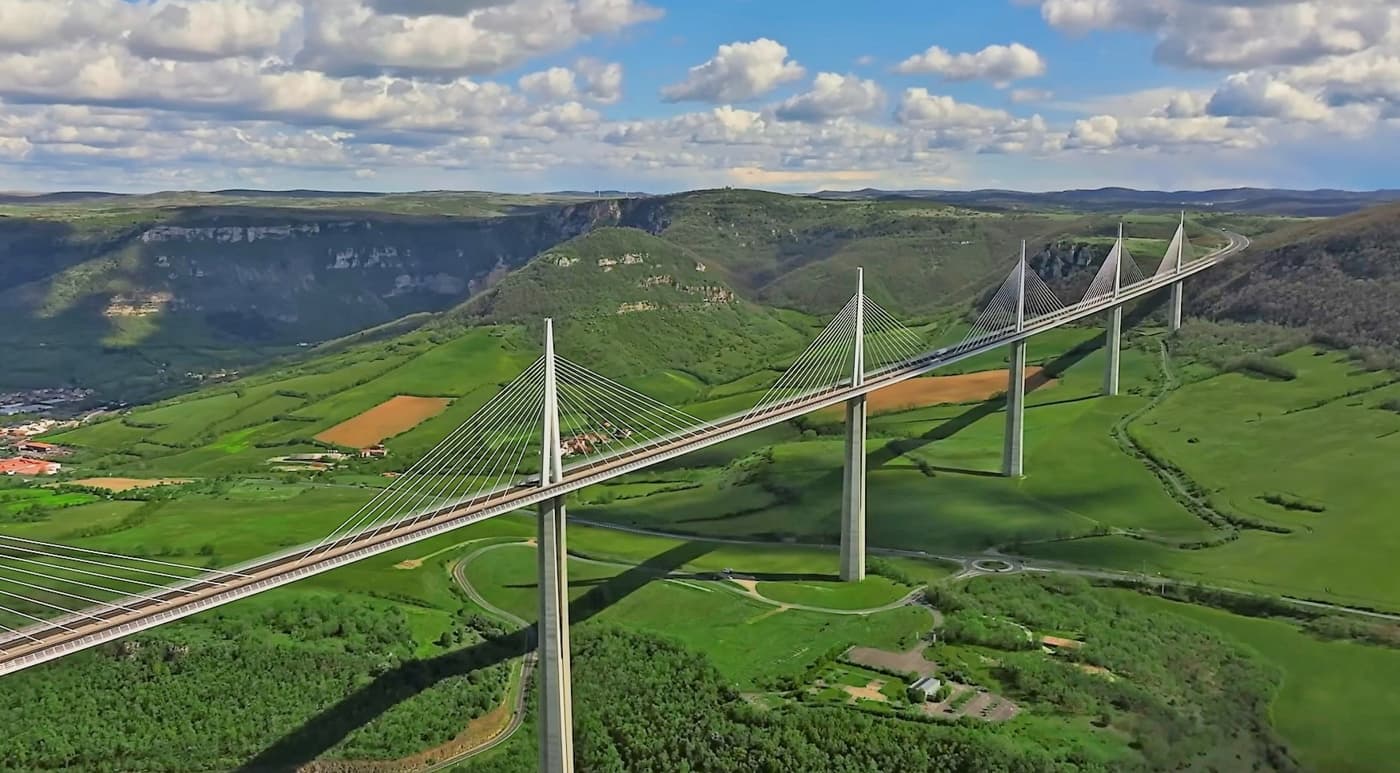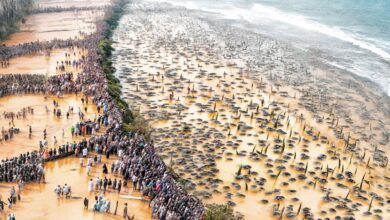The Bridge That Changed the Map of Europe

The Millau Viaduct: A Bridge That Redefined Possibility
The Millau Viaduct in France stands as a masterpiece of human ingenuity and collaboration. As the tallest bridge in the world, soaring 340 meters above the Tarn Valley and spanning 2.4 kilometers, its construction once seemed impossible. Dismissed for decades as unrealistic, the viaduct overcame immense engineering, environmental, and political challenges to transform a region and redefine European infrastructure.
The viaduct was the brainchild of French engineer Michel Virlogeux and renowned architect Lord Norman Foster. Its design emerged from a shared vision: to harmonize bold engineering with aesthetic beauty, ensuring the bridge would complement rather than disrupt the dramatic landscape of the Massif Central. This rugged terrain, which had long divided France and hindered economic development, became the canvas for an unprecedented architectural achievement.

Constructed using a cable-stayed design, the bridge features a slender deck supported by seven enormous towers. These towers, taller than most European skyscrapers, taper as they rise, giving the structure an elegant, almost ethereal appearance.
Every detail, from the faceted piers to the neutral gray color of the cables, was meticulously designed to minimize visual impact and blend seamlessly with the surrounding sky and valley.

The engineering challenges were equally monumental. Strong winds in the Tarn Gorge, the sheer scale of the bridge, and the precision required for its assembly pushed the boundaries of what was technically possible. Prefabricated steel deck sections were floated down rivers, transported overland, and launched across the valley using hydraulic systems. Despite the risks, including the possibility of misalignment, the bridge was completed with millimeter precision.
Since its opening, the Millau Viaduct has become an icon of modern infrastructure, attracting tourists from around the world while eliminating the bottlenecks that once plagued the region. The project not only revitalized the local economy but also demonstrated the power of integrating architecture and engineering. Within three years, the viaduct paid for itself, saving significant CO2 emissions and proving the economic and environmental benefits of visionary design.
Two decades later, the Millau Viaduct remains a testament to human ambition, creativity, and collaboration. It transcends its function as a bridge, symbolizing the harmony between technology and nature. As Lord Foster aptly put it, “It’s unique. You can’t compare it with anything else.”









